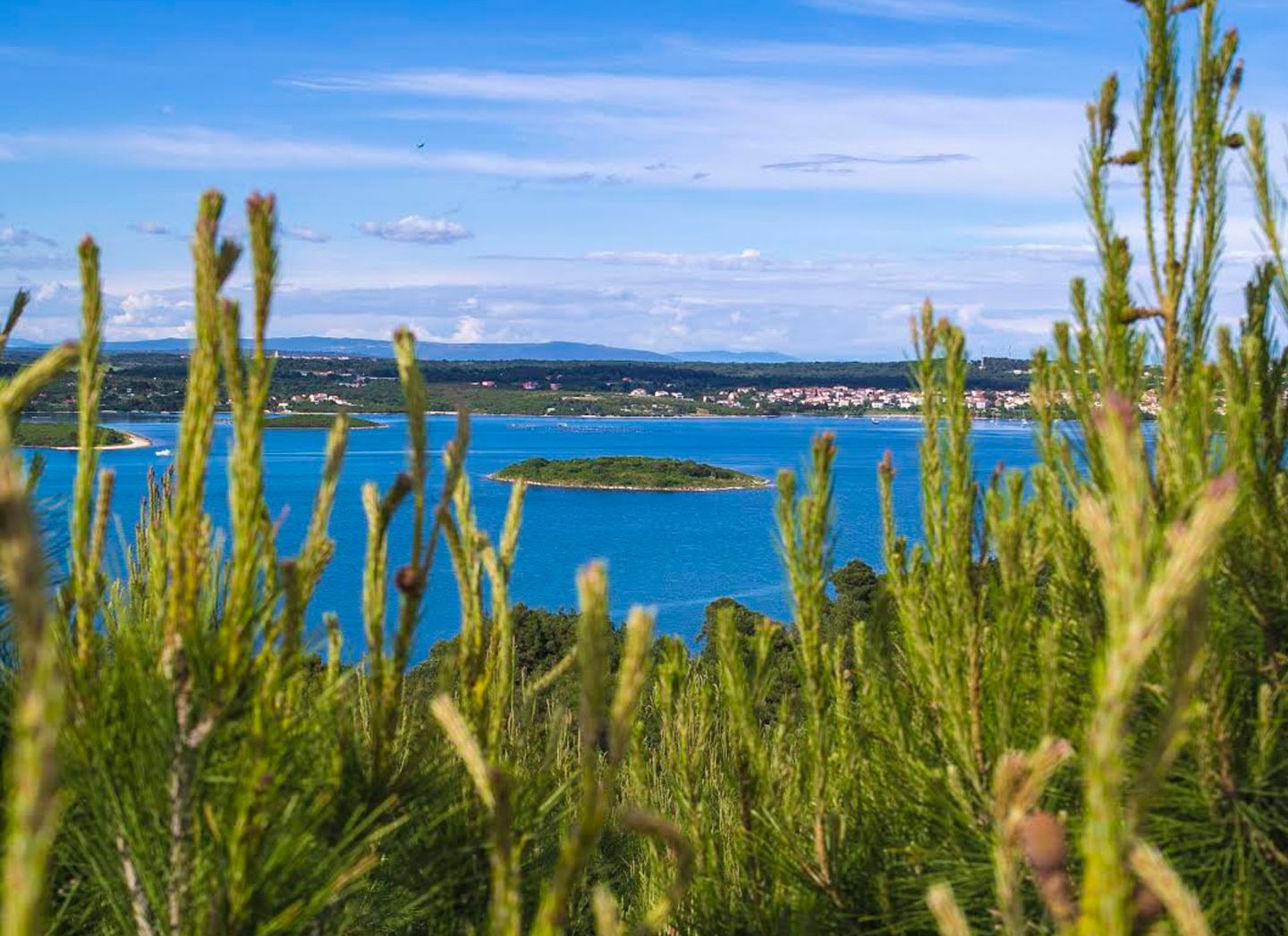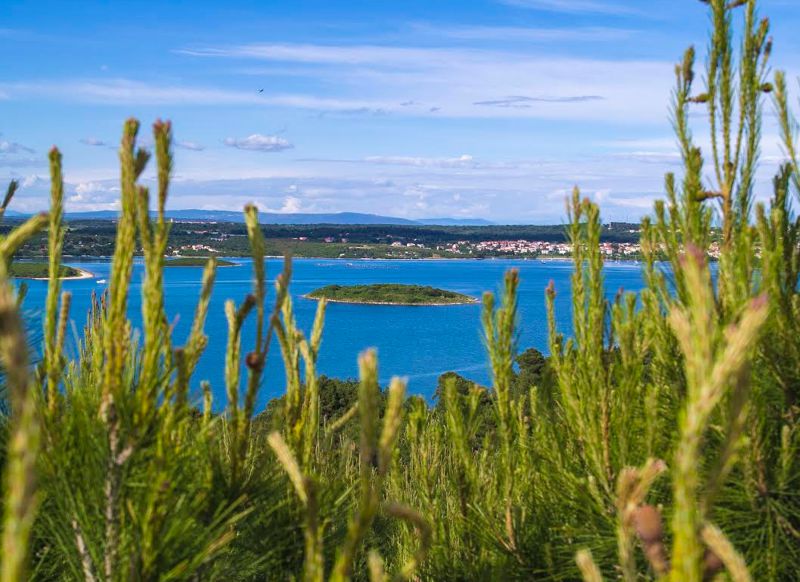A Complex Habitat for Many Species
Medulin Bay is a shallow area, located between Cape Kamenjak and Cape Marlera, where the average depth does not exceed 20 metres. The Kašteja Peninsula divides the bay into an outer and inner part, and the whole area includes a total of 9 islands and islets. This very complex habitat contains a wide range of habitat types. The inner part of the bay is characterised by a sandy seabed covered with muddy sand, while the outer part comprises numerous reefs.
Seagrass Meadows
Nutritive salts play an important role in the inner part since many organisms filter seawater to feed on them. Bivalve molluscs are a typical example of such organisms, and these are also cultivated in Medulin Bay. Here we find underwater meadows of lesser Neptune grass (Cymodocea nodosa) and dwarf eelgrass (Zostera noltii), while the outer part of the bay is home to communities of Neptune grass (Posidonia oceanica) which has a range of important biological roles. The area is very valuable for a large number of fish and other species that feed and reproduce here, and it is crucial to conserve it and minimise negative human impact.
Preventing Negative Impacts
Human activities here are numerous, ranging from the cultivation of shellfish, the use of waterways, to construction. The pressure increases in the summer due to the arrival of a large number of tourists.
Medulin Bay is a highly significant area because of its natural values, where any form of beach nourishment has very negative impacts on the life evolving here. The inclusion of this area in the Natura 2000 network has emphasised the importance of the bay and its role in the entire ecosystem. The task of all of us using this area, in any manner, is not to adversely affect the flora and fauna that live and feed in it.
 EU Projects
EU Projects English
English






